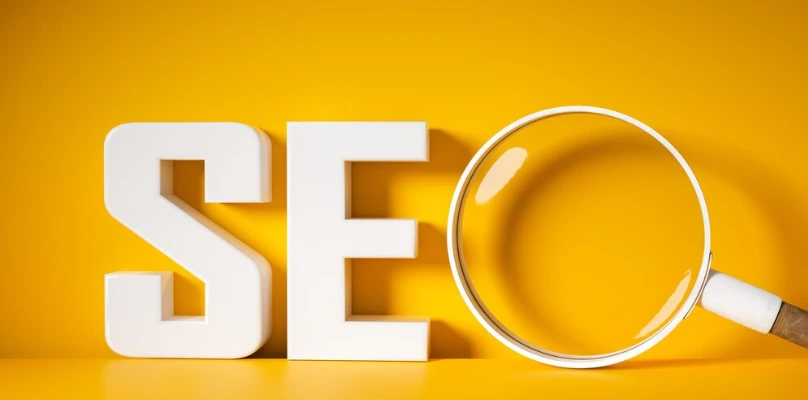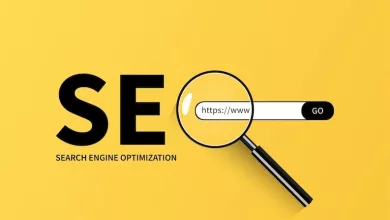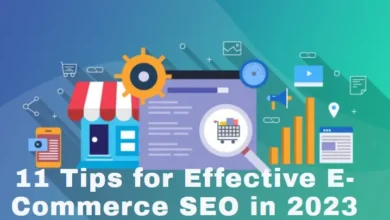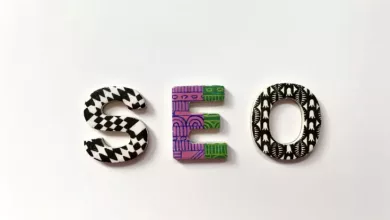Alt Text: What Is It & Why It Matters for Accessibility & SEO

Suppose you are trying to explore the internet without being able to see any pictures or graphics. This is what millions of people who are impaired face every day.
They depend on screen readers to access content. That is where alt text comes in handy. Alt text is a way to describe elements in words, making it possible for them to understand and interact with content.
It is one of the hidden tools for managing SEO Optimization. However, the usefulness of text goes beyond improving accessibility. It can also serve as a tool to enhance a website’s SEO performance

Understanding Alt Text
What is alt text? Alt text, also known as text, is a descriptive piece of text that acts as a substitute for an image when it cannot be shown.
It is inserted within the HTML code of a webpage and can be comprehended by screen readers and search engine bots.
The main objective of the text is to communicate the content and purpose of an image to individuals who are unable to see it, ensuring they have an equivalent experience.
Benefits of Alt Text for Accessibility
The main benefit of text is its ability to enhance web accessibility. It ensures that d individuals with impairments or other disabilities can fully comprehend the content.
When website owners use text, they are promoting inclusivity and adhering to accessibility guidelines like the Web Content Accessibility Guidelines (WCAG). This creates an inclusive online space.
Benefits of Alt Text for SEO
Alt text offers more than accessibility benefits. It plays a role in search engine optimization (SEO), as search engines cannot directly interpret images.
Instead, they rely on text to understand the content of an image. By optimizing text with keywords, you can enhance the overall keyword density of your webpage. This, in turn, boosts its visibility in search engine results pages (SERPs).

How to Write Effective Alt Text
When creating text, it is important to find the balance between being concise and providing clear descriptions. Start by giving a summary of what the image represents, making sure it relates to the surrounding text.
If the image carries information, make sure that the alt text accurately reflects that information. Include keywords in a way, but avoid overusing them, as it can negatively affect both accessibility and SEO.
Situations Requiring Alt Text
It is confusing for people to understand what alt stands for. Alt stands for Alternative text, commonly known as text, which serves a purpose beyond describing images.
It is also crucial for conveying information related to textual elements such as infographics, charts, and audio files.
When it comes to infographics and charts, the alt text should effectively summarize the data and insights being portrayed. As for files, a concise description or transcript can offer context for users who are unable to listen.
Best Practices for Alt Text
These are some alt text best practices that will help maximize the effectiveness of your text and improve accessibility for all users. To make the most of the text, it is important to follow these tips:
- Be descriptive: It is important to accurately and briefly describe the content of the image.
- Consider the context: Ensure that the alt text fits well with the surrounding content.
- Avoid duplication: If there is already text describing the image, there is no need to repeat it in the text.
- Decorative images: For images that are purely decorative, leave the attribute empty (alt=””) to indicate that they do not convey important information.
- Use keywords: Include keywords related to the image. Only if they naturally align with its purpose.
- Keep it concise: Aim for text around 125 characters as longer descriptions may not be fully read by screen readers.
HTML Implementation of Alt Text
Incorporating text ( text) into your HTML code is a simple process that offers significant advantages for accessibility and search engine optimization (SEO).
By utilizing the attribute within the <img> tag, you can provide descriptions for images. When dealing with images such as an apple on a wooden table, it is important to use descriptive alt text that accurately conveys the content of the image.
<img src=”image.jpg” alt=”A red apple on a wooden table”>
On the other hand, when it comes to decorative images like dividers, you can leave the alt attribute empty to indicate that they do not carry essential information.
This thoughtful implementation of text improves inclusivity and enhances visibility on search engines, ensuring that your web content is accessible to all users.
<img src=”divider.jpg” alt=””>
Alt Text for Complex Images
When dealing with images like diagrams or intricate illustrations, it is important to provide detailed alt text for images. In these situations, it is acceptable to use text that accurately captures the intricacy and subtleties of the image.
One approach could involve breaking down the image into its components and providing concise descriptions for each of them.
Alt Text for Dynamic Content
Modern websites frequently incorporate elements that can change without the need to reload the page. These elements may include things like image sliders, interactive maps, and more.
To ensure that users receive information even as these elements shift and update, it is important to provide alternative text for each of them.
Alt Text and Social Media
What is alt text’s reachability? Alt text is not just limited to websites. Social media platforms also use alt text to enhance its accessibility.
Users can add descriptions to the images they share, which makes their content accessible to people with visual disabilities. It not only makes it more accessible but also expands its chance to be discovered.
Read Also: 6 Modern SEO Strategies for Law Firms
Conclusion
People usually ask what is alt text’s role. Alt text plays a role in bridging the gap between accessibility and SEO despite its small size. It serves the purpose of making digital content more inclusive for people with disabilities and improving search engine visibility.
Recognizing the significance of the text, mastering its implementation, and following best practices empower content creators and website owners to provide an accessible and discoverable online experience for all users.
As the digital landscape evolves, giving priority to alt text is a step towards creating an optimized online world.





